This is part of our 'Pain Treatment in China' series.
According to a 2013 report by the Journal of American Osteopathic Association, pain is ìthe most common reason for physician consultations in developed countries. This unpleasant sensory experience is usually a symptom of an underlying condition associated with tissue damage, which could be induced by pathological, mechanical and thermal factors.
"One of the biggest misconceptions most people have is that if you're not experiencing pain, it's not serious. If it's painful, then it's serious," explains Dr Eric Yue, founder and chief physical therapist at the clinic in Shanghai. "But pain is not always proportional to the degree of damage you have — it's subjective according to [one's tolerance]."
In most non-emergency cases involving musculoskeletal pain, non-invasive approaches — namely physical therapy (PT) — are usually the first options for doctors in the West. "With the evolution of medicine, there are now many options for managing pain without drugs or surgery," says Yue.
Several types of alternative pain management methods such as osteopathy, chiropractic and Traditional Chinese Medicine (TCM) have also become more and more mainstream — many of which are compatible with one another in dealing with pain. Meanwhile, comprehensive medical and wellness centers like the clinic (they have PT, osteopathy and TCM on offer) have also been gaining popularity in the West, and Yue believes that's the future of medicine.
“With the evolution of medicine, there are now many options for managing pain without drugs or surgery”
– Dr Eric Yue, Founder and Chief Physical Therapist, the clinic
"Many medical conditions are multi-factorial; you need to evaluate them from different perspectives. If you work with a group of people who are trained in different specialties, you can attack the problem from different points of view," he explains. "I don't think PT is better than osteopathy, TCM or chiropractic or vice versa; it's all about applying the right tools, at the right time, on the right person, and on the right medical conditions."
We speak to four practitioners and experts in PT, osteopathy, chiropractic and TCM to find out more about their medical specialties and how they manage pain.
1. Physical Therapy
Physical therapy (or physiotherapy) is a physical medicine and rehabilitation specialty that remediates impairments and promotes mobility, function, and quality of life through examination, diagnosis, prognosis and education for prevention, and physical intervention by using physical agents such as manual therapy and exercise-based therapy.
"When you're dealing with severe injuries, physical therapists see their patients more frequently than any other medical professionals, and we get to know them very well," says Yue.
Read more about physical therapy here.
2. Osteopathy
Founded in 1874 by American physician Andrew Taylor Still, osteopathy is guided by the notion that since the human body is one dynamic unit with multiple interrelated functions and structures (i.e. your brain would not function without your heart, and vice versa), it should be treated as one whole unit instead of just focusing on isolated parts as with allopathic medicine.
"Besides treating pain symptoms, we try to help patients understand the root cause of the pain as well," says Dr Elodie Nordey, Osteopath at the clinic. "In most cases [involving back and neck pain], we'd also recommend some lifestyle changes."
Read more about osteopathy here.
3. Chiropractic Care
Considered a form of alternative medicine, chiropractic focuses on the diagnosis and treatment of mechanical disorders of the musculoskeletal system, and the effects these disorders have on one's general health. Practitioners believe that our central nervous system (brain and spinal cord) and peripheral nervous system (everything apart from the brain and spinal cord) are the keys to the human body and the manipulation of the spine — the pathway for sensory and somatic neuron signals linking the brain to the rest of the body — can be an effective way to manage pain without the use of medicine or surgery.
"Painkillers and non-steroidal anti-inflammatory drugs are designed to stop our brain from receiving pain signals, but they don't actually solve the root of the problem; they can only provide temporary relief and might come with numerous side effects," says says Dr Gordon Boo, chiropractor at Chiropractic First and Parkway Health. "Chiropractors make spinal adjustments by using opposite force to correct the vertebra misalignment."
Read more about chiropractic care here.
4. Traditional Chinese Medicine (TCM)
The elemental foundation of TCM is to balance the yin with the yang, as well as to promote the healthy movement and circulation of qi (energy) within one's body.
"If there's no movement of qi, there's pain," Dr Pinto of the Shanghai Trinity TCM Clinic explains. "A TCM doctor's job is to figure out where the blockage is and get the qi flowing again."
TCM doctors study more than 600 herbs and 400 different formulas, each with anywhere from three to 12 herbs, that are designed to help promote the flow of qi via the digestion and bloodstream.
See more stories in our 'Pain Treatment in China' series.





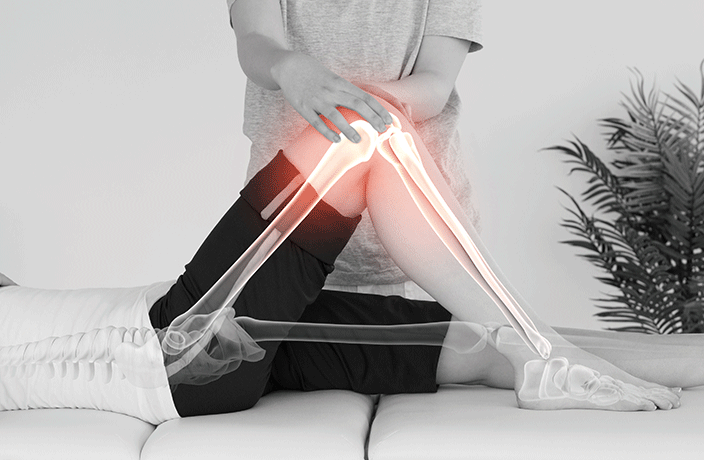
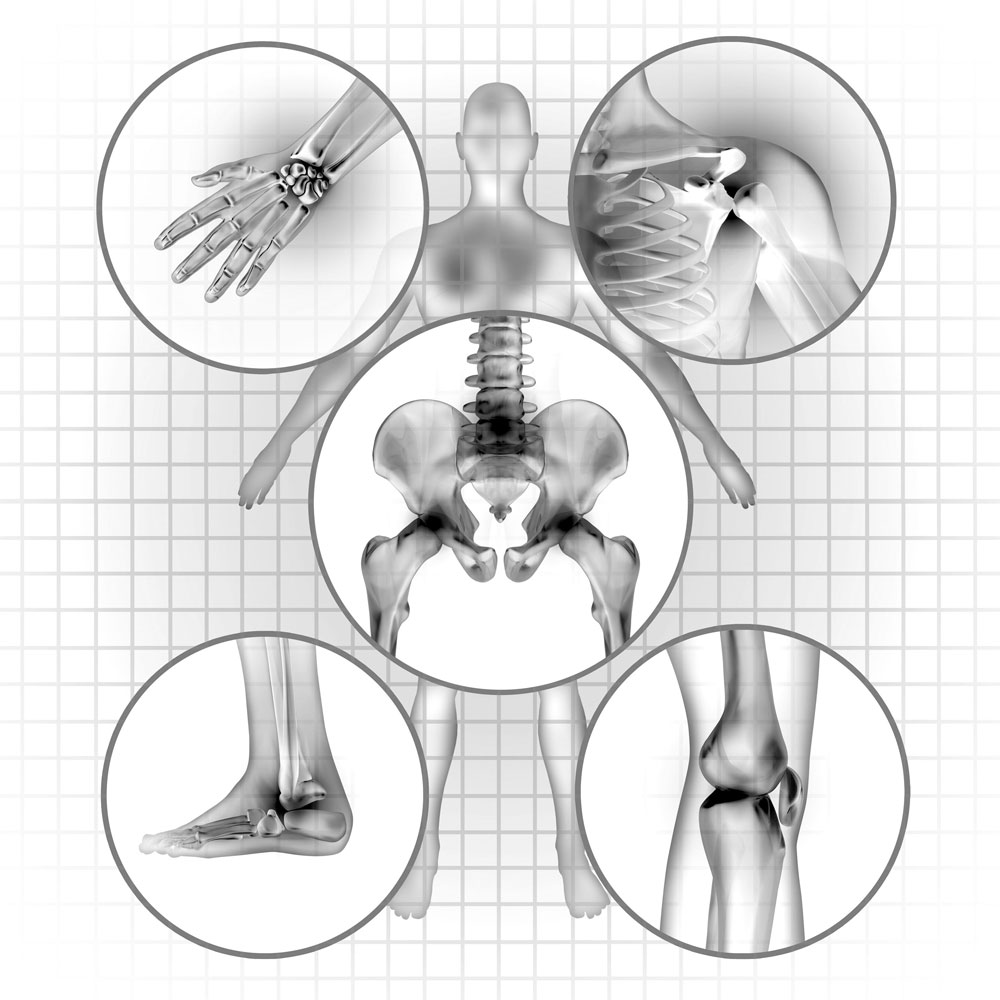

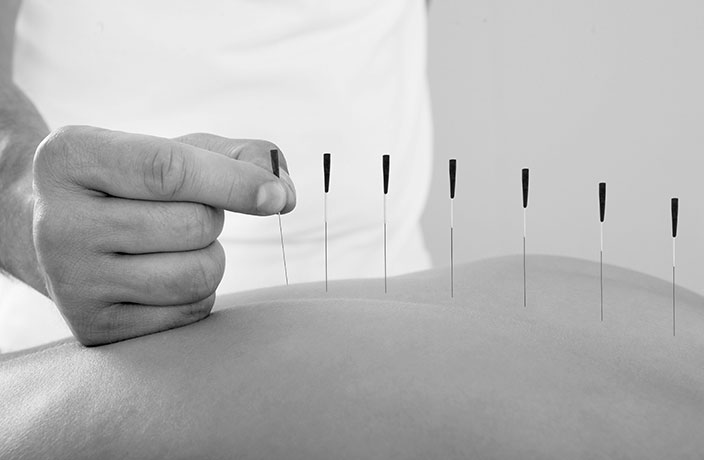
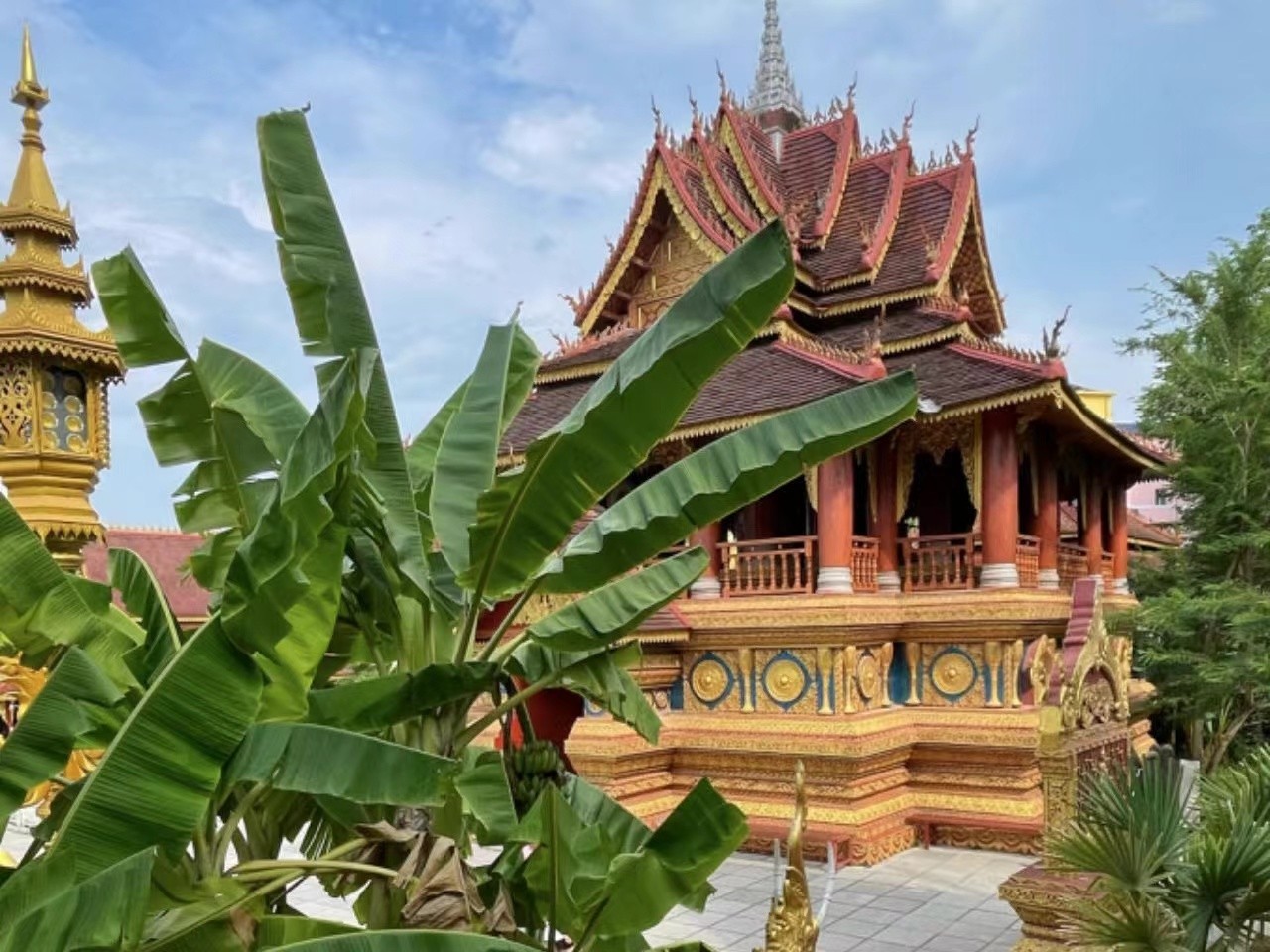
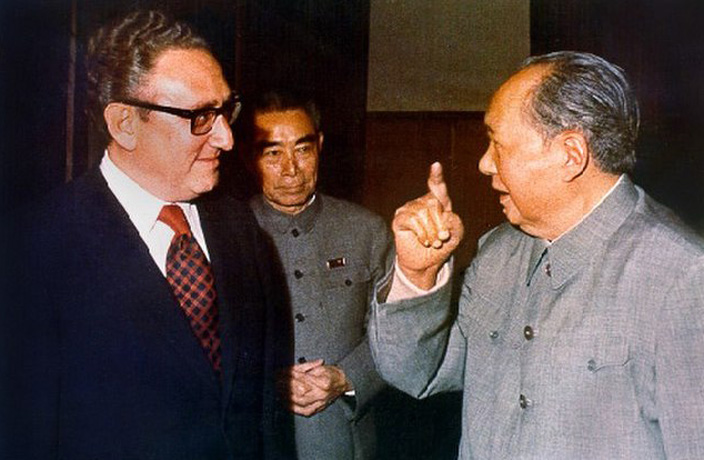















0 User Comments